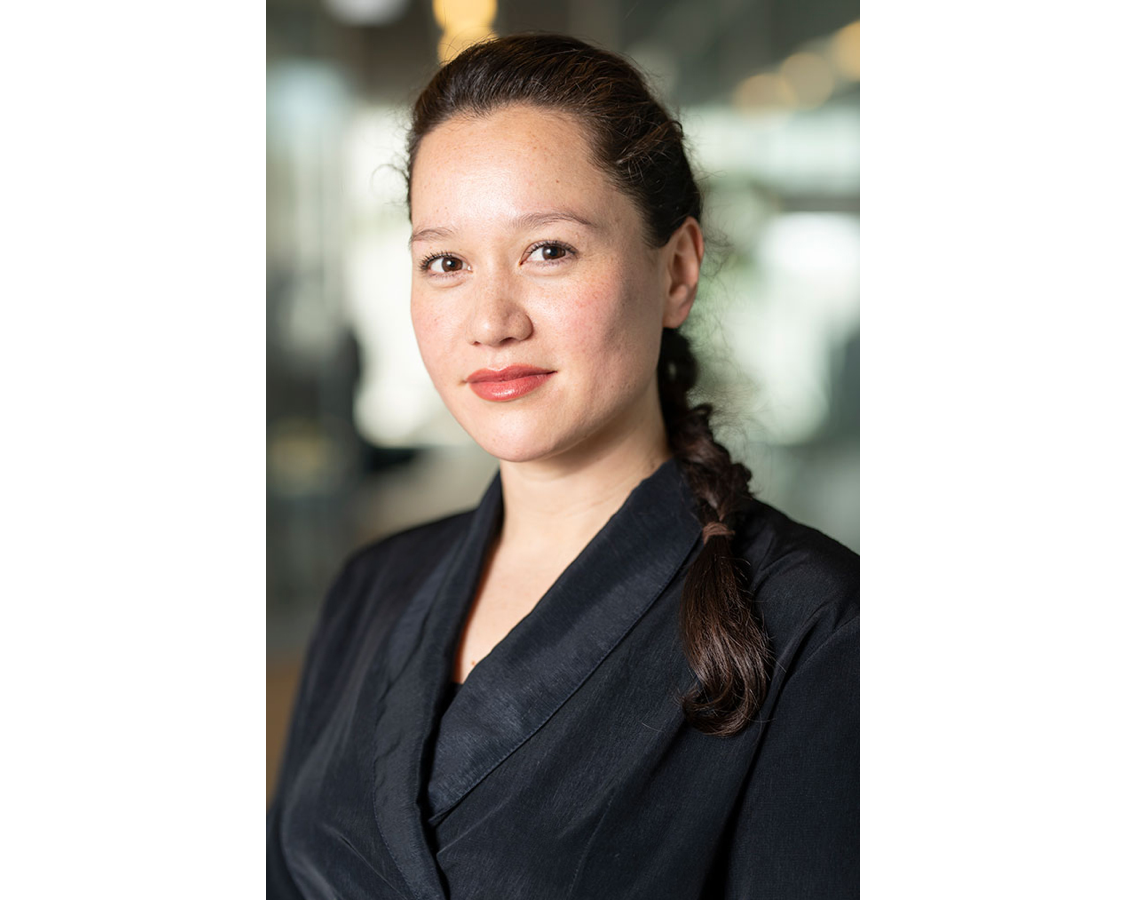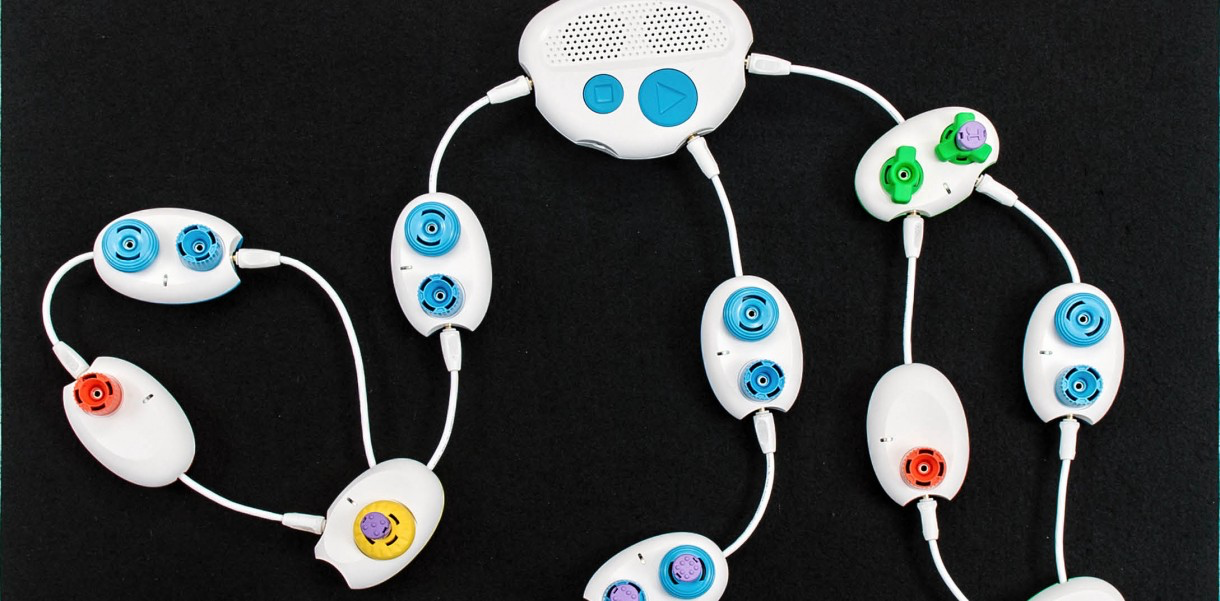From cybersecurity to climate change, species extinction to social inequality, the world, today, is facing a number of critical problems. Abandoning ourselves to fear and pessimism is not the solution to the challenges we are facing at this moment in time. Obliviousness is not the answer.We need to act now.
The Index Project was created in 2002 in Copenhagen, Denmark. It aims at redefining design from a commercially driven discipline to one made to improve the quality of people’s lives. This Danish organizationis known for the Index Award, an award program ideated to celebrate the world’s best and brightest designers within the design field. Today it has grown into a global movement and a strong community striving to make a difference in the world.
Design Matters and The Index Project share the same passion for prioritising sustainability in a fast changing world. We met with Lesley Price, Communication Director at The Index Project, to learn more about and how they help people across the world improve the future of people’s lives with innovative design.

The Design Matters community is made of designers who are not afraid of being political. Can you tell us more about The Index Project?
The Index Project is a call to action. We think of this as a constantly evolving movement that is driven by people, who aren’t necessarily all designers. In fact, it takes all kinds of people to come up with really innovative solutions. The Index Award collects all the best design talent from all over the world. In 2019, we had more than 1400 nominations — a lot of incredible projects. We then choose finalists and, subsequently, five winners that share a prize worth €500.000.
To make sure we have a pipeline of good solutions tomorrow, we need to teach people how to design to improve life today. This is why we also have education programs. For the past eight years, we’ve worked with students, designers, universities, businesses and municipalities all over the world.
We also offer an investment into selected Index Award finalists. Over the years, we noticed many designs never reaching fruition because of a lack of capital. And, at the same time, we know there’s a lot of investors out there who are looking to put their money into a good cause. So we launched the Design to Improve Life Fund, which has so far invested in 11 solutions.
The Index Project has existed since 2002, and you have been there since 2015. What has The Index Project learned over the years and what have you learned?
Back in 2002, we believed in the power of design, but now we know it. It’s fundamental to how we interact with our world. A connector between ideas and humans that, if done well, makes almost everything more intuitive, easier and even fun. We also know how crucial it is to the success of so many projects and businesses.
Diversity is key. It may be very cliched one, but I think it’s most important. Great solutions come from everywhere, and the best ideas come from diverse teams.
We can even see it in our own team — we’re 11 nationalities, so there’s always a variety of perspectives. This is particularly helpful as we serve a global community.
Lastly, perhaps more of a personal lesson, but it’s much easier to come to work when you’re focused on the solutions rather than the problems. When the world appears to be falling apart, you get a healthy dose of optimism — that there aren’t just talking heads out there but people on the frontline actually working to change the situation.¨

You’ve received so many nominations for The Index Award, becoming a huge source of inspiration and information for many. Where can all this information be retrieved?
As we’ve run the award since 2005 — we have almost 8000 nominations pulled together. That’s a hell of a lot of cases! Right now, you can access our past winners, finalists and current Index Award 2021 nominees on our website. But, we are working on a solution to give people access to these 8,000 cases and all the interesting data, trends and so on. We foresee it as being an educational tool that designers, students, businesses or anyone could use to navigate the history of ‘design to improve life’. We also hope it’ll be foundational to future development, as it’ll constantly be evolving with new cases.
Liza Chong, CEO of The Index Project, recently expressed that you are working to ‘reconnect’ with designers. Do you feel you have lost touch with designers or do you simply want to create a tighter connection with them?
‘Reconnecting’ with designers was important to us — particularly when it comes to rebranding the organisation. Since we were founded almost 18 years ago, we’ve gone so long without asking the fundamental questions of who we are, and we’re speaking to. We also wanted to get back to our Danish DNA and use it to bring us forward — as Denmark has such a strong and reputable design tradition.
In 2018, we did a full rebranding process with our partners Kontrapunkt, which resulted in a wonderful solution: The Index Project. Not only does it more clearly reflect who we are and what we stand for, but it signifies a whole new generation of ‘design to improve life’.
So, while we want to appeal to designers, we also want to encourage others, who might be outside of the design community, to join us as well.

You focus on designs that transform the way we live, work, and think, while instilling new hope for life on Earth. So, what trends are you seeing in the design nominations you have been getting lately? What challenges is design trying to solve right now?
Space exploration is a big one and a hotly contested topic. Marsha, a 3D printed home for Mars, was one of our most controversial winners, as some argue that we should be more focused on Earth. But, it signifies so much more than a doomsday contingency plan. By pushing the design boundaries, they were able to come up with techniques that can essentially transform how we build more sustainably on here. And they weren’t alone in their moonshot thinking; many solutions were looking at life in space, from inflatable greenhouses, food made from ‘thin air’, rockets and more.
Another interesting one is the departure from animal products. We’ve seen faux-meats before, but it’s interesting to see designers come up with alternative textiles, lab-grown products and even plant-based collagens for beauty products. One particularly interesting solution was a speculative design project, by Kuang-Yi Ku, that looked at growing rare animal parts in the lab to combat the issue of wildlife poaching for Chinese medicine.
Also, the #metoo movement that inspired a new wave of feminism appeared to be reflected in the 2019 pipeline. We saw several female-first creative and job platforms, educational apps for girls and services that help women safely report sexual misconduct at work. It’s very inspiring to see how design can play a role in addressing very current issues like this.¨

I read the publication on the status quo of the world called ‘Optimism blooming in a world gone mad’. In this report are listed six big macro challenges you are going to work on in 2020. One is called ‘emotions with disruption’, that includes a long list of challenges such as apathy, lack of compassion, lack of trust, selfishness, etc. Why do you think this has become a challenge nowadays?
I think it’s not a surprising reaction from people when they feel as though they’re threatened. When politics appears to be driven by hate, half of the world is flooding, the other is on fire, and we’re essentially faced with extinction — we go into defence mode. Sadly, thinking becomes more insular, and empathy drops down the priority list. I think that’s why we feel there’s a rise in these negative feelings and a perceived “disruption in our emotions”. Needless to say, this is the last thing the world needs right now.
But, there are many influential voices that drown out some of this negativity. And, while we are at a critical point, we’re very optimistic about the next generation. They’re certainly the most informed, they care about issues, and it’s clear they have a different set of priorities. They’re motivated to make a change, so now, we just need to give them the right inspiration, knowledge and tools.
What do you want to focus on in the future? Are you planning to do something differently or take a new direction?
In a way, we’ve achieved our reason for being. We aimed to broaden the definition of design and show the world it’s true potential — and that has mostly been achieved. We also have many other organisations and companies who’ve adopted the same mission, which is fantastic. But, there’s so much to do in terms of impact.
The Design to Improve Life Fund fund, as one of our newer activities, is an exciting initiative. Not only can it help us increase impact, but it’s also proving that these businesses, focused on improving life and sustainability, can be highly profitable. Of course, it’s not all about money, but showing that there’s a better way to invest — proving to the investment community that they’re worth our attention and backing.
Regarding education, it would be great to see sustainability and ‘design to improve life’ as a permanent fixture on the learning agenda. Here in Denmark, it’s quite high on the priority list, which is fantastic. But there are still many places where the concept of sustainability is completely foreign or where we could be doing so much more. If we prioritised design-thinking and sustainability just as much as any other fundamental subject — the world could look very different.




